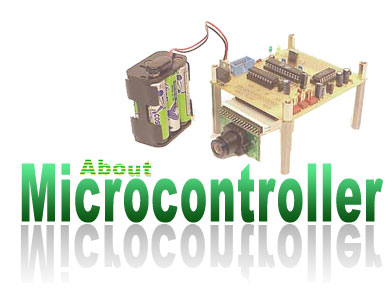Atmel Introduces an AVR USB 2.4GHz Wireless Reference Design for Battery-based PC Peripherals
San Jose, CA, May 6, 2008…Atmel® Corporation (Nasdaq: ATML), announced today the AVRUSBRF01 reference design for development with AVR® microcontrollers in the un-licensed 2.4 GHz ISM band and connection to PCs with USB.
USB is the standard interface for connecting PC peripherals but wireless is becoming increasingly popular for peripherals like mice, keyboards, audio headsets or personal portable devices. Many desktops now offer WLAN and Bluetooth is on most laptops. Both wireless standards come with a power consumption which is not compatible with devices operating from simple batteries for several months or years. Existing transceivers operating in the 2.4GHz ISM band can achieve low power consumption with short range transfer speeds exceeding 1Mbit/s and rely on lightweight ad-hoc protocols.
The AVRUSBRF01 enables the PC-Wireless connectivity using AVR USB microcontrollers. Designers can then develop battery-based, wireless peripheral applications using Atmel's 1.8V picoPower™ AVR microcontrollers that feature industry-best low power consumption. By using the same architecture and development platform for a complete project, designers can concentrate on end-product optimization and get to the market faster.
Atmel's picoPower AVR features in-system programmable Flash and true EEPROM with the largest choice of package and memory ranges. This gives the best flexibility to meet with changing requirements and to develop a range of products based on the same architecture.
The AVRUSBRF01 is based on the Atmel AT90USB162 microcontroller, which allows connection to a PC through the USB. This kit can be programmed through the USB in half a second and implement various standard USB device classes for input devices (Human Interface Device), generic HID I/O, communication (Communication Device Class), etc. The AVR USB can also support composite device classes, combining for instance and HID interface for remote control and an Audio interface for audio streaming. It offers 16 Kbyte of Flash for USB and RF protocol as well as on-chip EEPROM for pairing with wireless devices. AT90USB82 is a pin to pin compatible 8 Kbyte variant of AT90USB162, which can be used for application requiring less than 16 Kbyte. Conversely, the AVR USB family also offers Flash sizes up to 128 Kbyte for the most demanding applications.
The kit contains two identical AVR USB RF modules and can connect to two different USB ports to establish wireless communication and evaluate the solution. They can also communicate with wireless peripherals derived from this reference design. To help with evaluation and development, the modules include two push buttons for hardware reset, in-system programming and extra functions, two LEDs for monitoring activity and a 6-pin header to connect development tools or other peripheral functions. The PCB size is only 3.8x1.6 cm, which is small enough to be used without change for many applications. If necessary, size can be further reduced by removing the extra features provided for evaluation and development.
"The nRF24L01 RF transceiver we have selected for the AVRUSBRF01 can directly connect to our AVR microcontrollers and provide ready-to-use solutions for consumer applications," said Jean-Christophe Lawson, Atmel Product Marketing Manager.
"Our nRF24L01 transceiver is going very well with Atmel AVR microcontrollers," said Thomas Embla Bonnerud, Nordic Semiconductor's Product Manager for Standard Components. "We are very happy with best speed and power consumption they can achieve," he continued.
source : Atmel Press News
About Microcontroller
Atmel Introduces an AVR USB 2.4GHz Wireless Reference Design
5/12/2008

Free Magazines
Download this guide to learn and understanding everything you need to know about the Raspberry Pi computer, system specs, the software it runs and the amazing project based on this little PC.
PEI is the leading magazine for the global electric power generation and transmission industry. PEI provides articles on new technologies and installations and analysis.
Subscribe Fof Free!
EDN magazine provides how-to solutions for design engineers in the electronics industry. Engineers turn to EDN because they know they will always find valuable design techniques that they can use to do their jobs faster.
Subscribe Fof Free!
More Free Engineering Magazine
Followers
Headlines
Electronics Links
Recent Posts
Freelance Projects
Any logo, trademark and project represented here are property of their respective owner

0 Comentar:
Post a Comment